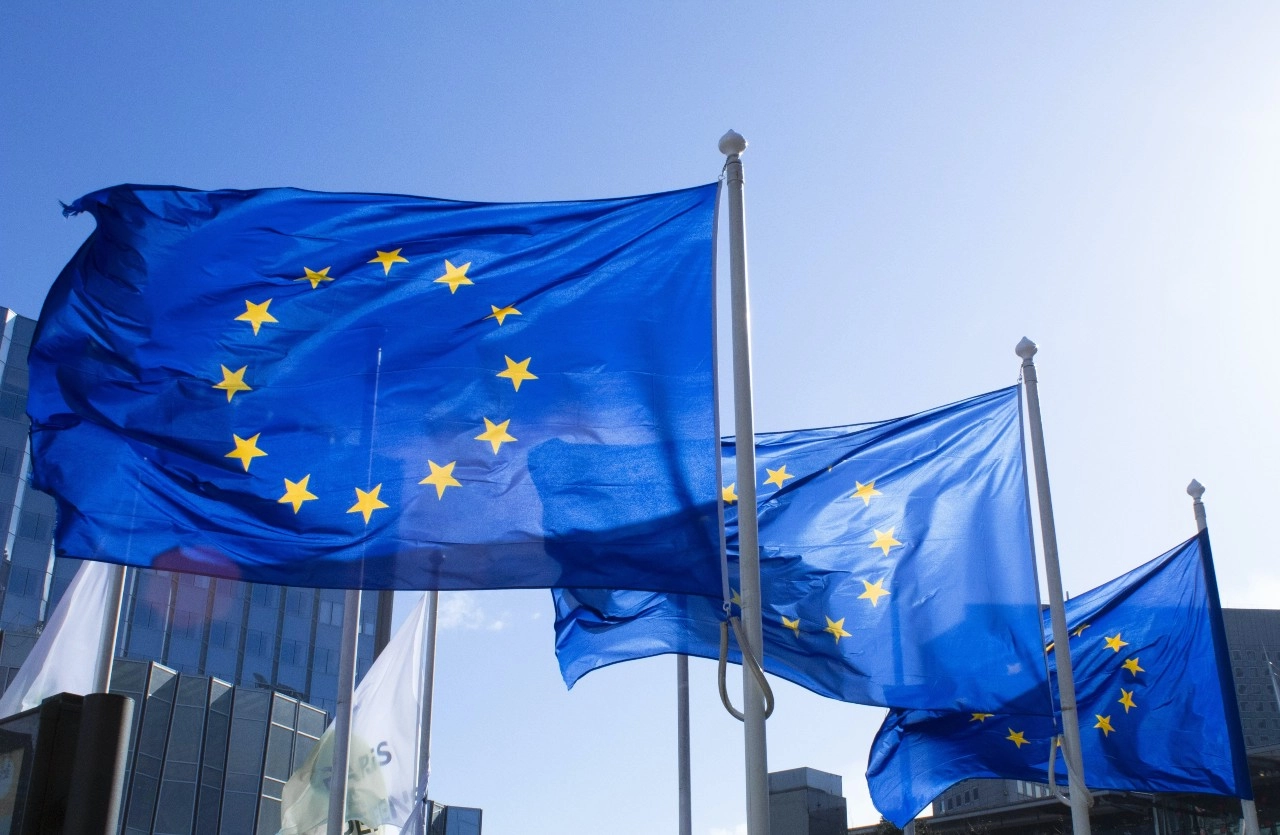Public sector organisations demonstrably procure more sustainably when their tenders are visible. This is the conclusion of a large-scale study by Utrecht University, which analysed over 1,300 Dutch tenders using the Sustainable Procurement Self-Assessment Tool (MVI-ZET). Transparency acts as a driver for applying sustainability criteria such as the CO₂ Performance Ladder.
From symbolic to Impact-Driven Procurement
The study refutes the common criticism that sustainable procurement in the public sector is merely a formality. In fact, when tenders are visible to stakeholders, aspects of sustainability are pursued more broadly and explicitly by contracting authorities. The use of certifications in tenders, such as the CO₂ Performance Ladder, is also positively correlated with more sustainable procurement behaviour in the MVI-ZET data. This suggests that public buyers use certifications to save time, which they then invest in addressing other sustainability aspects.
More value, more sustainability
The greater the financial value and public visibility of a tender, the higher the sustainability ambition. According to the researchers, the largest and most visible tenders include on average 17% more sustainability themes and nearly 39% more sustainability criteria.
Visibility leads to increased accountability pressure, which appears to have a positive effect. As a result, governments make greater efforts to create sustainable value in a broader sense. The outcome: public funds are used in ways that benefit both people and the planet.
Internal policies as a role model
The internal sustainability policies of public organisations also play a significant role. The study shows that organisations certified on the CO₂ Performance Ladder are significantly more likely to include climate targets in their tenders. The obligation to communicate publicly about such efforts as a certificate holder promotes greater transparency and ambition. In this way, certification serves as a mirror for one’s own practices.
Make sustainable procurement transparent
The researchers advocate for greater openness regarding the sustainability aspects of tenders. Currently, data is primarily recorded on procedural aspects — such as the procurement method or the winning bidder — rather than on sustainability itself. By making sustainability considerations standard and visible, governments can demonstrate that they take their societal responsibility seriously and encourage one another to improve.
Thus, transparency is not only a tool for accountability but also a lever for structural sustainable behaviour. Public visibility not only increases the pressure to justify procurement decisions but also motivates behaviour that goes beyond symbolic sustainability.
About the PhD research
The study, “Broader and more intensive sustainable public procurement: a legitimacy theory perspective,” was published in the academic journal Public Management Review in May 2025. The research was conducted by Dr Ruben Nicolas and Prof. Dr. Ir. Fredo Schotanus, affiliated with Utrecht University. This study was conducted in collaboration with the Foundation for Climate Friendly Procurement and Business (SKAO) and that it is part of a larger project subsidized by the IKEA foundation.


